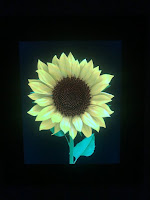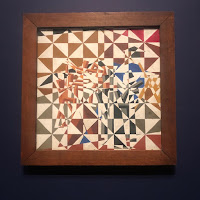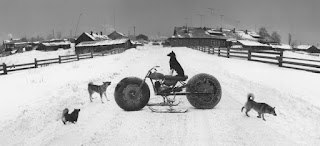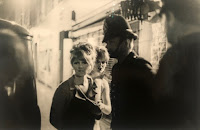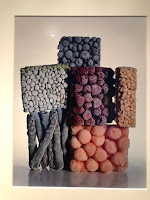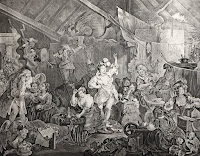Library of the Unword

Impenetrable exhibition at the National Poetry Library in the Royal Festival Hall by Joo Yeon Park to mark the 30th anniversary of the death of Samuel Beckett. OK I admit I’ve read the description two or three times and still can’t make head nor tail of it! The main work was an installation called “Twenty Times a Thousand” made in response to Beckett’s poem “Echo’s Bones”. So far so good but I still can’t work out what the circles are about. They make an attractive piece though. However it was nice to see a selection of archive material on Beckett from the library’s collection including press cuttings, images and a rare copy of the aforementioned poem “Echo’s Bones”. Closes 29 March 2020



